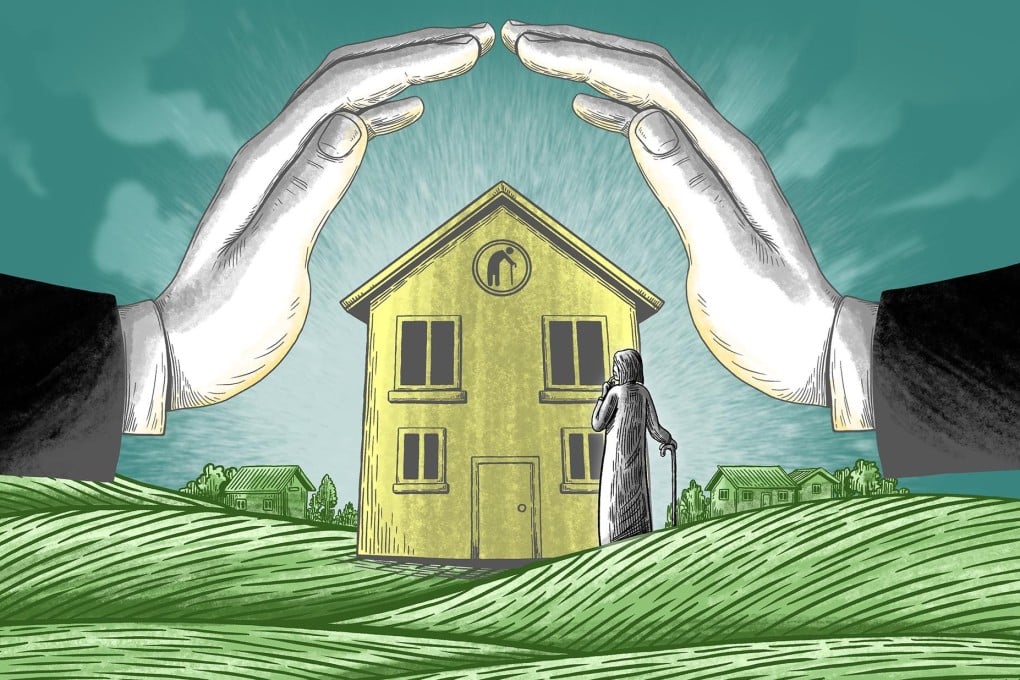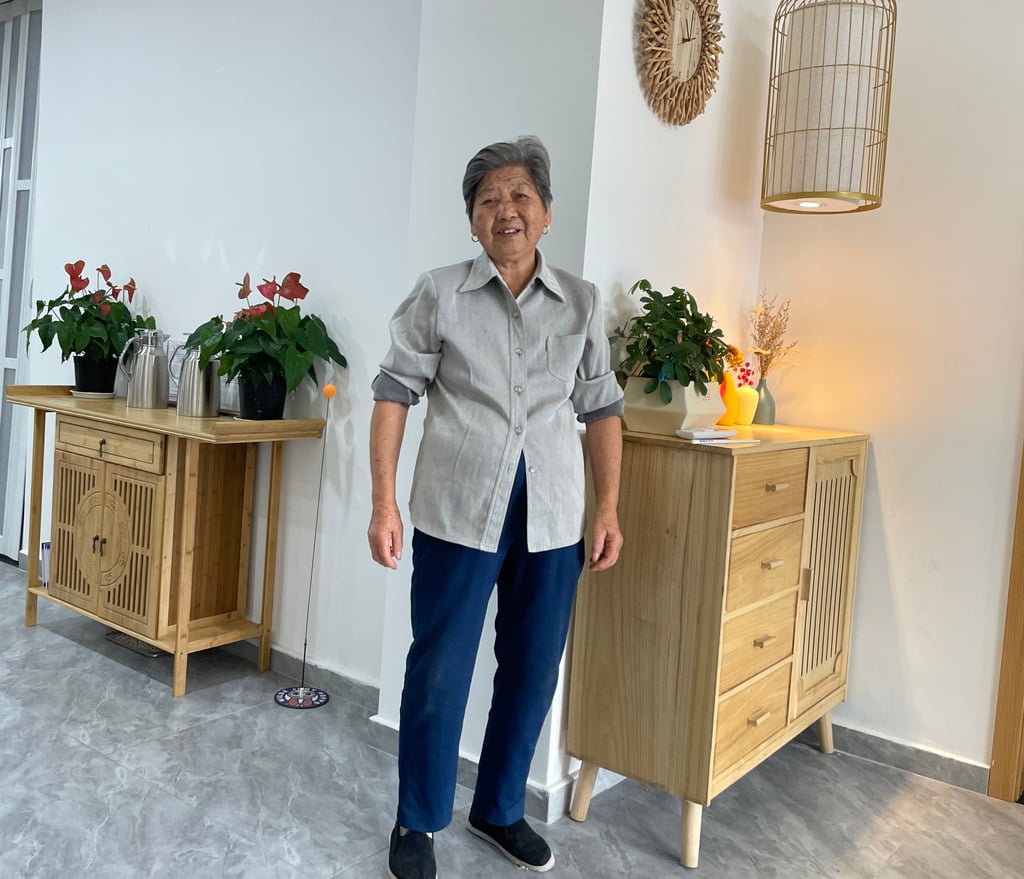As China gets older, innovative elder-care scheme forms twilight communities – but are they sustainable?
- Subsidised rural homes for elderly residents, rather than traditional nursing homes, ‘could solve 80 to 90 per cent of the problems in rural elder care’, but the infirmed are still outliers
- But big questions remain on how to deploy and monitor such facilities, particularly in China’s poorer local areas that are often saddled with debt

In rural areas across China, loneliness all too often defines one’s twilight years. That was the case for 84-year-old Lu Fengying, who remained in the relative comfort of a familiar home after her husband passed and children sought opportunities in bigger cities.
But if not for her village being chosen to pilot an elder-care programme, she may have never found the sunset community that is bringing light back into her days.
“I’m happy here. We know each other well and we play mahjong together,” Lu said, referring to their house of five women, all octogenarians from the same village who moved in over the summer.
Xinsi village is located in Fengxian district, Shanghai – one of China’s fastest-ageing municipalities, where the average life expectancy was over 83 years in 2022, according to official figures. The average Shanghai resident lives more than a half-decade longer than the national average of 77.93 years.

Among Xinsi’s 3,500 residents, 1,400 are older than 60, village party secretary Ye Feiyu told the Post.